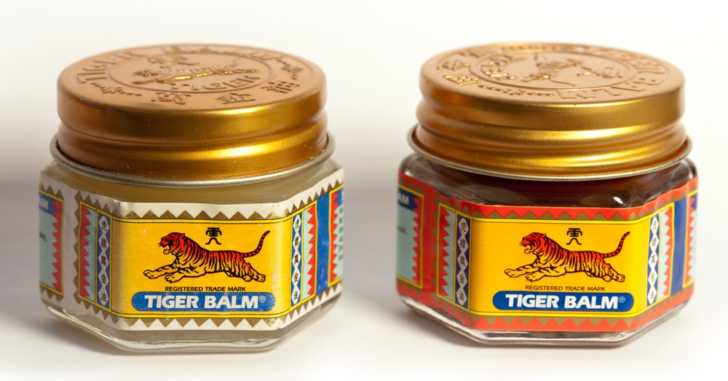6 Natural Strategies for Pain Relief
Most of us don’t think twice about popping an aspirin or ibuprofen if we’re in pain. But what if that pain is chronic?
Most of us don’t think twice about popping an aspirin or ibuprofen if we’re in pain. But what happens when that pain is chronic?
Medical doctors are prescribing natural remedies more and more often, especially when their patients’ pain isn’t short lived.
Here are six unique, all-natural ways to make yourself feel more comfortable without medication.
1) Tiger Balm
Tiger Balm is an herbal pain relieving rub that’s been touted for centuries as a natural cure for sore muscles and joints. The hot/cool sensation it creates stimulates blood circulation and encourages joint flexibility, so it’s especially useful before or after exercise. It’s even been said to ease headache pain and brain fog.
To ease stress, try rubbing in on your temples or the back of your neck. A little goes a long way with this stuff!

2) Yoga
Though some think of yoga as a rigorous exercise routine, at its core, yoga is about connecting the mind, body, and spirit through gentle movements and breathing techniques. Practicing and achieving this mind/body connection is invaluable for those experiencing chronic pain, and contributes to a sense of self-empowerment and overall well being.
The best part about yoga is that you can receive benefits from the practice regardless of your skill level.

(Source)
3) Mindfulness meditation
Our brains are more powerful than we know. Brain imaging has shown that pain is processed much differently during meditation, making it is less distressing and severe.
To ease pain using mindfulness meditation, start by tuning into your pain sensations rather than distracting yourself from them. Breath in through your nostrils and out through your mouth, making sure each breath cycle lasts at least ten seconds. Gently coax your attention back to the present if you get distracted, and visualize a wave of relaxation spilling from the top of your head through your body and out the tips of your toes.

4) Epsom salt baths
Epsom salt is a naturally occurring and highly therapeutic mineral compound with a long history of beauty and health benefits.
Its combo of magnesium and sulfate is highly absorbable through the skin, and regular Epsom salt soaks have the power to reduce inflammation, relax the nervous system, soothe muscle and joint pain, and draw toxins from the body. It even helps strengthen the walls of the digestive tract.
To enjoy Epsom salt’s benefits, pour about two cups into warm bathwater and soak for at least 12 minutes.

5) Food (as medicine)
Inflammation is the body’s way of healing itself, but when it persists or gets out of control, it can cause damage and unnecessary pain. We all know the importance of eating healthy, but following a specifically anti-inflammatory diet has the power to reduce pain, stiffness and even allergy symptoms throughout the body.
Start thinking of mealtimes as as opportunities to heal yourself by eating anti-inflammatory foods. Avoid dairy, refined sugars, processed grain products, alcohol and vegetable oils, each of which is difficult for the body to break down and taxing to the immune system. Instead, find ways to include avocado, olive oil, pastured eggs, fatty fish, brightly colored vegetables and spices like turmeric and ginger.

6) Journaling
Monitoring the results of your pain management techniques will not only help you determine which ones work best for you, but can also help you tease out the underlying triggers of your pain. An excellent approach is to create a daily chart that compares your pain level with variables such as time of day, activity level, meals and mood. You can even evaluate each one using a numerical pain rating system to easily compare your results.
Remaining mindful of your environment will not only enable you to better avoid pain, but give you a sense of empowerment in the face of it.

SKM: below-content placeholderWhizzco for FHB

